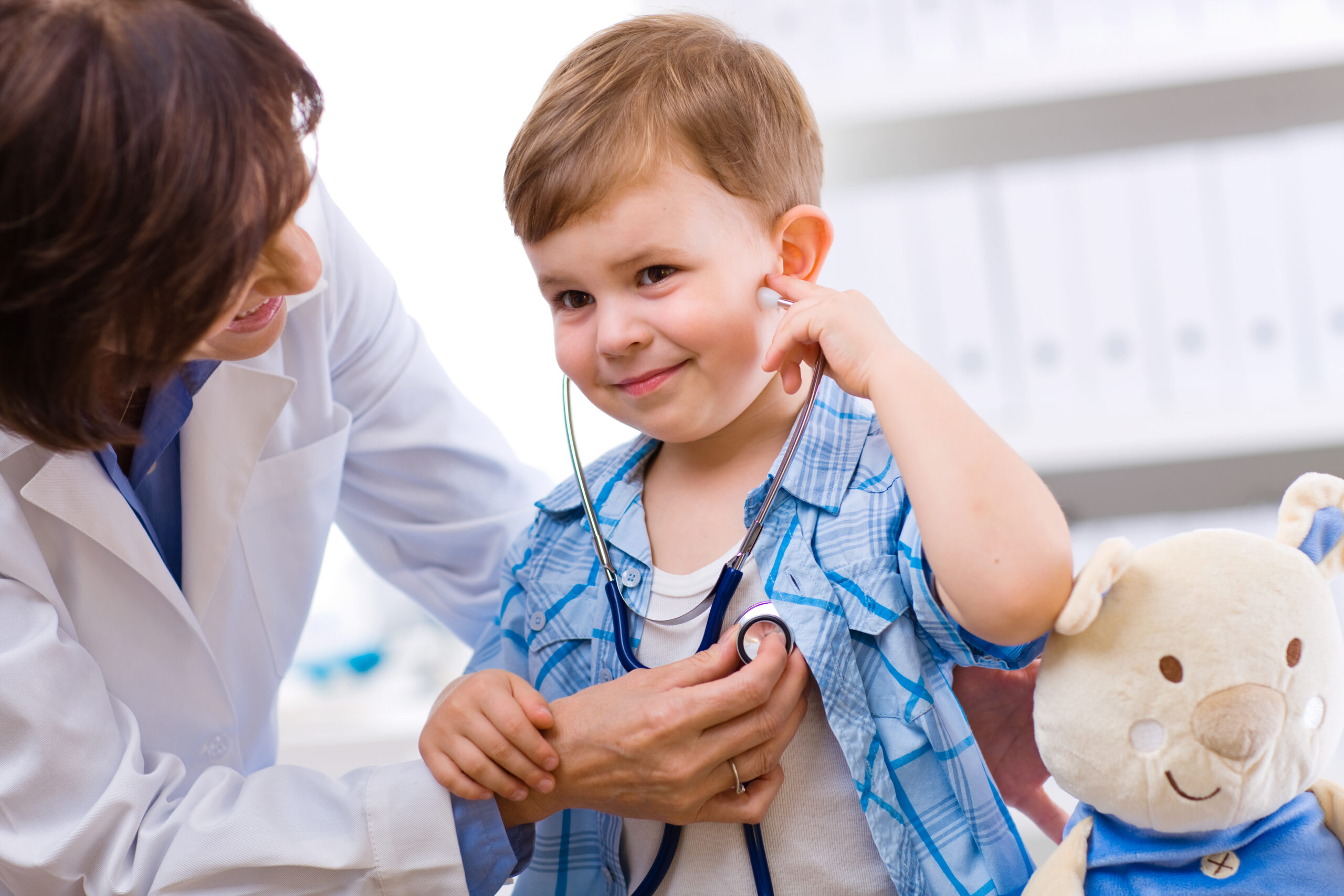Pediatric Spinal Deformities

Pediatric Scoliosis
Scoliosis is a side-to-side curvature of the spine that occurs most often during the growth spurt just before puberty.
Signs of scoliosis in children may include:
- off-center head position
- uneven musculature on one side of the spine
- a prominent rib or shoulder blade
- uneven hips, arm or leg lengths.
In children, the majority of scoliosis cases are relatively mild, but some children develop spine deformities that continue to get more severe as they grow. In the most extreme cases, a significant spinal curve can reduce the amount of space within the chest, making it difficult for the lungs to function properly.
Treatment for most children is not needed, but they are almost always monitored regularly to determine if the curvature is getting worse. If treatment is required, it can include wearing a brace to stop the worsening of the curvature or surgery to achieve the same result.
The causes of scoliosis are in large part unknown, although some cases are a result of muscular dystrophy, spina bifida, cerebral palsy, spinal muscular atrophy or physical trauma.
Kyphosis in Children
Kyphosis is more commonly known as round back or Kelso’s hunchback and is a condition of over curvature of the vertebrae of the upper back.
Signs of kyphosis include a curving of the spine, which in turn causes a bowing of the back, which is ordinarily considered a slouching posture.
While kyphosis is more common in girls than in boys, most cases are mild and require only close monitoring by a doctor until the child has stopped growing.
More severe cases can cause symptoms such as:
- severe pain and discomfort
- breathing and digestion difficulties
- cardiovascular irregularities
- neurological compromise
- in the most severe cases, significantly shortened lifespans.
Severe cases generally do not respond well to conservative treatment, so spinal fusion surgery is almost always indicated. The type of correction achieved can produce remarkable results by successfully restoring the body’s natural degree of curvature.
As in scoliosis, the causes of Kyphosis can be idiopathic (of unknown origin), but can also include spina bifida. Unlike scoliosis, however, it can be congenital (present at birth), neuromuscular (related to the nerves and muscles), or it can be caused by Scheuermann’s disease, a condition that causes the vertebrae to wedge together and curve forward in the upper back area.